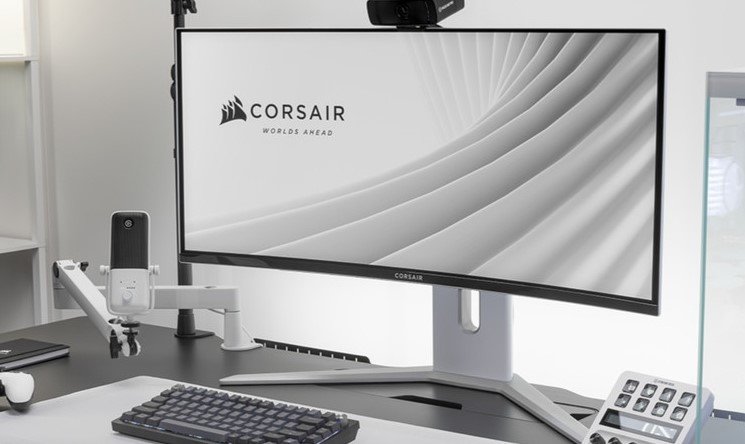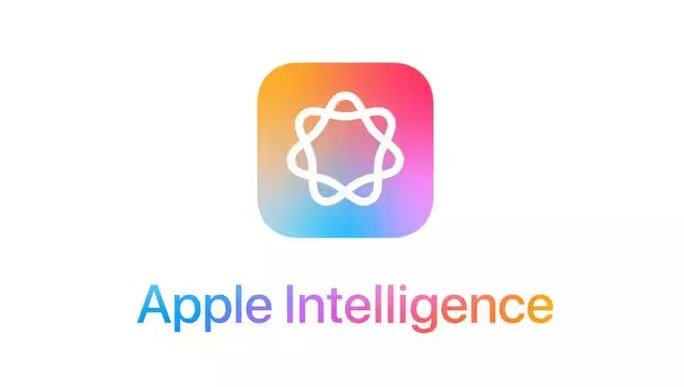Artificial Intelligence (AI) has become a fundamental force driving innovation in the tech industry. In 2024, AI is revolutionizing gadgets by making them smarter, more intuitive, and increasingly autonomous. From personalized experiences to predictive functionalities, AI is changing the way we interact with everyday devices. Here are the top ways AI is shaping gadgets in …
How AI is Revolutionizing Gadgets in 2024

Artificial Intelligence (AI) has become a fundamental force driving innovation in the tech industry. In 2024, AI is revolutionizing gadgets by making them smarter, more intuitive, and increasingly autonomous. From personalized experiences to predictive functionalities, AI is changing the way we interact with everyday devices. Here are the top ways AI is shaping gadgets in 2024.
1. AI-Powered Personal Assistants
Voice assistants like Siri, Alexa, and Google Assistant have become commonplace, but in 2024, these AI-powered assistants are becoming even more sophisticated. They can now engage in natural conversations, anticipate user needs, and perform complex tasks across a variety of connected devices. For example, if your AI assistant detects that you’re running low on groceries, it can automatically add items to your shopping list, make recommendations based on your past purchases, and even place an order for delivery.
2. AI in Smart Home Devices
AI is the backbone of many smart home gadgets in 2024. From smart thermostats that learn your schedule to lighting systems that adjust based on the time of day and your preferences, AI-driven smart home devices are becoming more autonomous and efficient. Devices like the Nest Thermostat use machine learning algorithms to reduce energy consumption by adapting to your routine and making real-time adjustments to heating and cooling. This level of automation not only enhances convenience but also helps users save on energy bills.
3. AI in Wearable Technology
Wearable devices are increasingly using AI to deliver personalized health insights. Smartwatches and fitness trackers can now monitor heart rates, detect irregularities, and even predict health trends over time using AI algorithms. Apple’s latest smartwatches, for instance, utilize AI to analyze ECG readings, blood oxygen levels, and sleep patterns, giving users personalized health recommendations. Additionally, AI-powered wearables are being developed to detect early signs of chronic diseases, such as diabetes or hypertension, enabling preventative care.
4. AI in Cameras and Photography
AI is drastically improving camera technology in 2024, enabling gadgets to produce better photos and videos with minimal user input. Smartphones and digital cameras now feature AI-enhanced capabilities like scene recognition, auto-focusing, and real-time image enhancement. Google’s Pixel series, for instance, uses AI to adjust exposure, brightness, and colors on the fly, ensuring that each shot is optimized, whether you’re capturing a sunny landscape or a dimly lit room. AI-powered cameras can even remove unwanted objects or people from images without the need for complex editing.
5. AI in Autonomous Devices
Robotics and autonomous devices are another area where AI is making a significant impact. AI-driven gadgets like robotic vacuums, drones, and even delivery robots are becoming smarter and more efficient at navigating environments. AI enables these devices to understand their surroundings, avoid obstacles, and complete tasks with minimal human intervention. For example, AI-powered vacuum cleaners can now map your home, learn the layout, and clean more effectively by avoiding obstacles and targeting dirtier areas.
Conclusion
Artificial Intelligence is driving a wave of innovation in the gadget world in 2024. From personal assistants that anticipate your needs to smart cameras that capture perfect images, AI is enabling devices to be more efficient, responsive, and personalized. As AI continues to evolve, we can expect even greater advancements in the functionality of everyday gadgets, enhancing convenience, productivity, and overall user experience.








